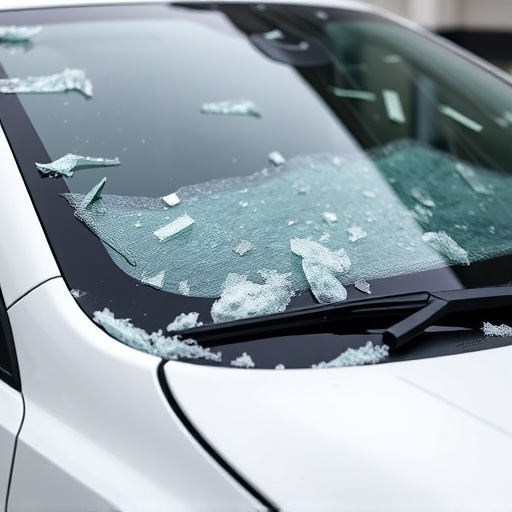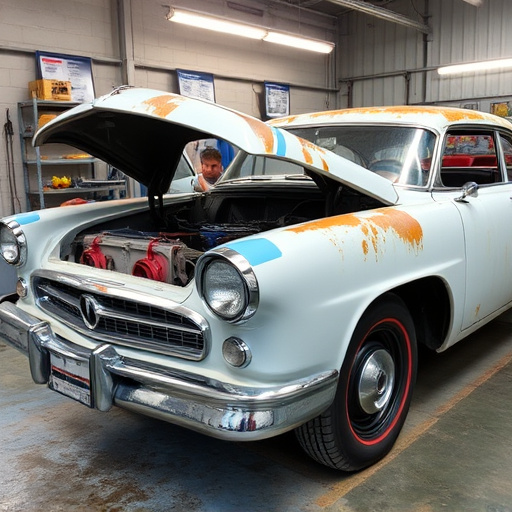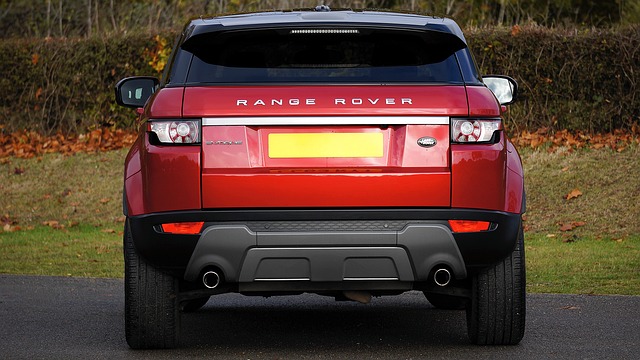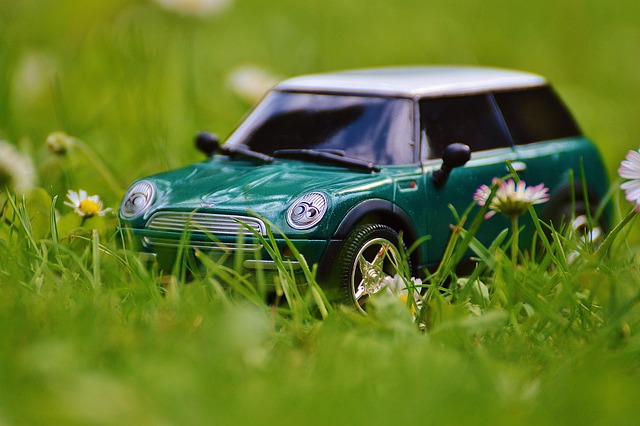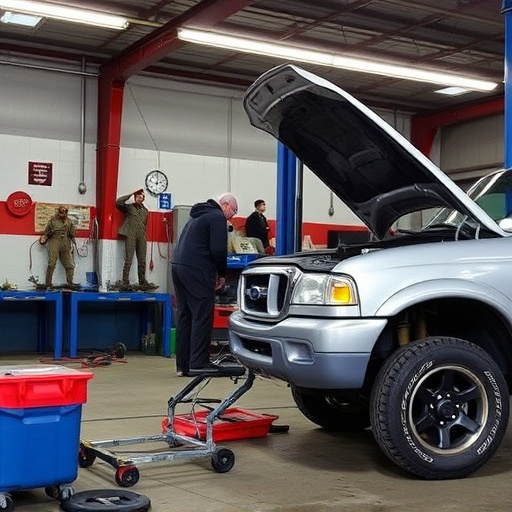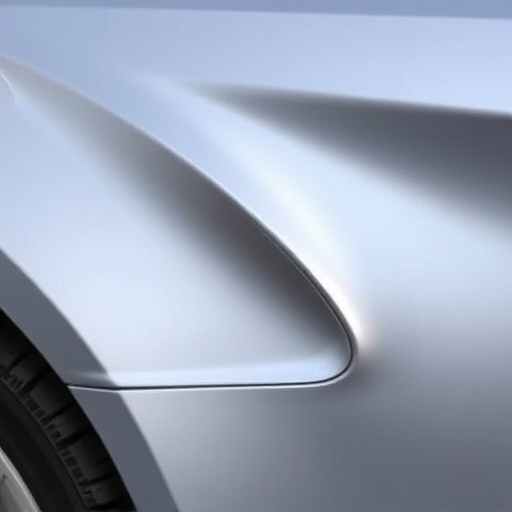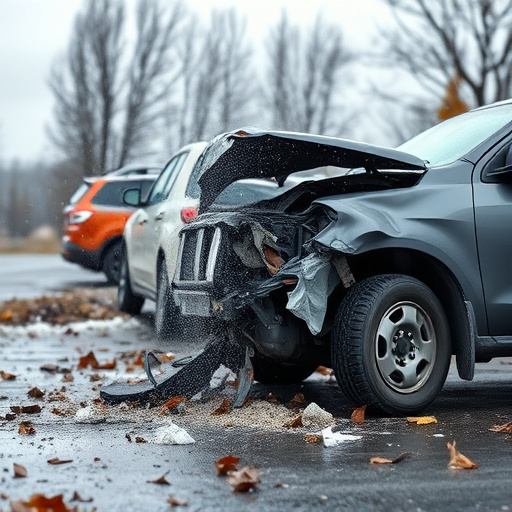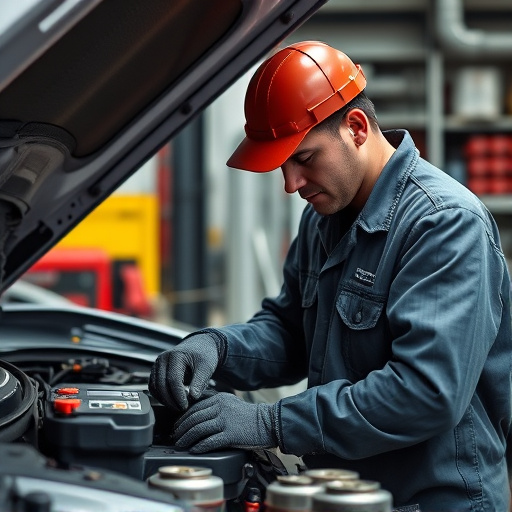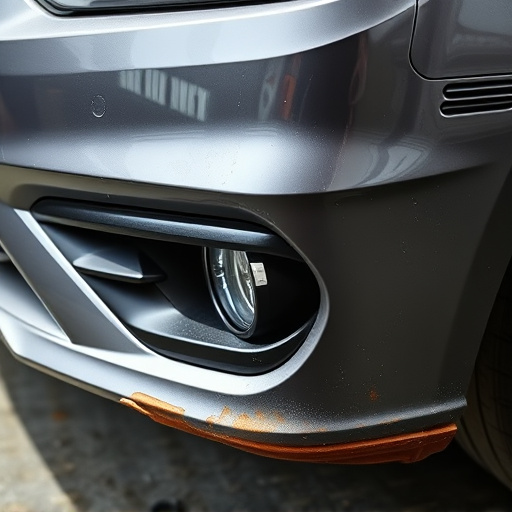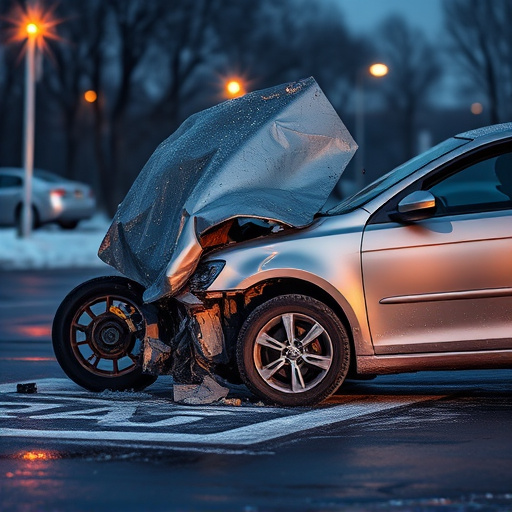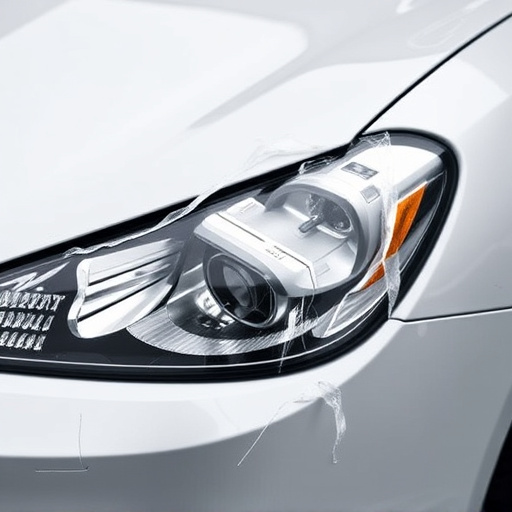Sun damage restoration is vital for vehicle paint protection against UV rays, preventing fading, cracking, and peeling. Skilled technicians assess, prepare, and restore damaged areas using frame straightening, advanced painting, and meticulous preparation to ensure aesthetic appeal and structural integrity. This process involves lifting damaged layers, priming for UV protection, and matching high-quality paint for long-lasting environmental shielding.
In the realm of home aesthetics, sun damage to paint is a common yet frustrating issue. This comprehensive guide delves into the intricate process of restoring faded paint affected by sun damage. Understanding the intricacies of sun damage to paint is the first step in effective restoration. We’ll explore assessment techniques, preparation methods, and a variety of repair strategies to ensure your shop’s expertise in sun damage restoration.
- Understanding Sun Damage to Paint
- Assessment and Preparation for Restoration
- Effective Techniques for Faded Paint Repair
Understanding Sun Damage to Paint
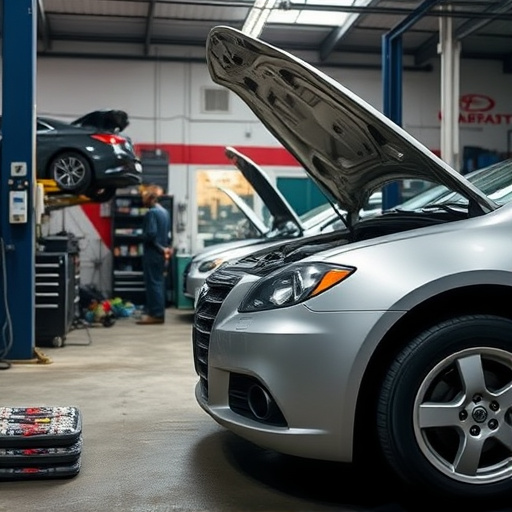
Sun damage to paint is a common issue that requires meticulous attention during the restoration process. The sun’s ultraviolet (UV) rays can break down the chemical bonds in paint, causing it to fade, crack, and eventually peel. This deterioration not only affects the aesthetic appeal of a vehicle but also compromises its structural integrity. In the context of sun damage restoration, understanding how UV light interacts with paint is crucial for effective repair.
Automotive body work specialists employ various techniques, including frame straightening and advanced painting methods, to mitigate the effects of sun damage. These processes involve careful assessment, surface preparation, and the application of high-quality paints designed to withstand UV exposure. By addressing sun damage early, vehicle owners can prevent further deterioration, ensuring their cars not only look as good as new but also maintain their structural soundness for years to come.
Assessment and Preparation for Restoration
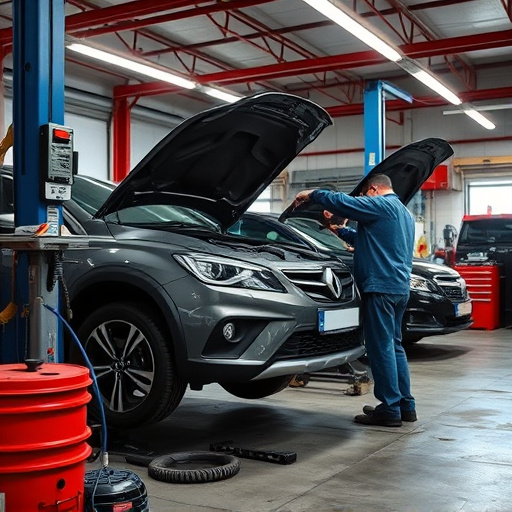
Before initiating any sun damage restoration process, thorough assessment and preparation are paramount. Skilled technicians at a reputable car body shop or collision center begin by meticulously examining the affected area to identify the extent of the paint fading caused by prolonged sun exposure. They take into account factors like the type of paint, its age, and the severity of discoloration. This initial step is crucial as it dictates the restoration methods and materials required for optimal results.
During preparation, the work area is thoroughly cleaned to remove any dirt or debris that might interfere with the repair process. In some cases, a vehicle dent repair might be necessary to address associated dents or scratches. The final preparation step involves masking off surrounding areas not in need of restoration to ensure only the damaged sections are treated, minimizing unnecessary exposure to chemicals and other restorative agents.
Effective Techniques for Faded Paint Repair
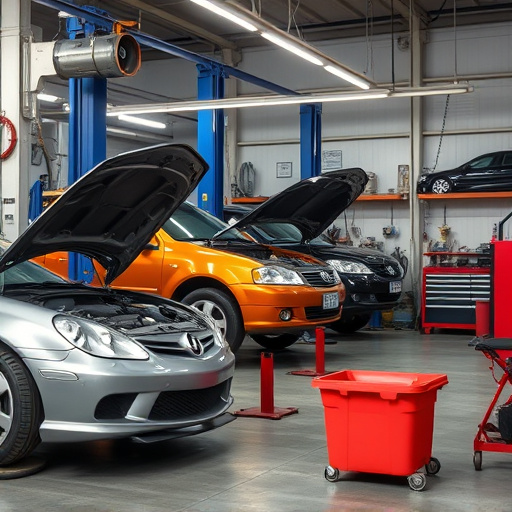
Restoring faded paint due to sun damage is a delicate process that requires professional touch. The first step involves assessing the extent of the damage. Experts in automotive repair services, whether it’s an auto repair near me or a specialized shop, will thoroughly inspect the affected area. They may use specialized tools and techniques to lift the damaged paint layer without causing further harm.
Once the old paint is carefully removed, the underlying surface is prepped for repainting. This includes sanding, cleaning, and priming. The choice of primer is crucial in sun damage restoration as it acts as a barrier against UV rays, preventing future fading. After applying the primer, skilled technicians use high-quality paints tailored to match the original color of the vehicle, ensuring seamless integration and longevity against environmental factors. This meticulous process not only restores the aesthetic appeal but also safeguards the painted surface from further deterioration caused by sunlight. Remember, a professional automotive collision repair shop will have the necessary expertise and resources to handle such intricate repairs effectively.
In the realm of sun damage restoration, effectively handling faded paint is a critical step towards revitalizing structures. Through comprehensive assessment, meticulous preparation, and the adoption of advanced repair techniques, shops can successfully mitigate the impact of UV exposure on paint surfaces. By integrating these practices into their workflows, professionals contribute to preserving the aesthetic appeal and longevity of buildings, ensuring that they stand resilient against the elements. Thus, embracing these strategies is a game-changer in the industry, offering optimal solutions for sun damage restoration.
